Kingdom Animalia Family Acrocirridae Scientific name Teuthidodrilus Higher classification Acrocirridae Order Canalipalpata | Suborder Terebellida Species T. samae Phylum Annelida Rank Genus | |
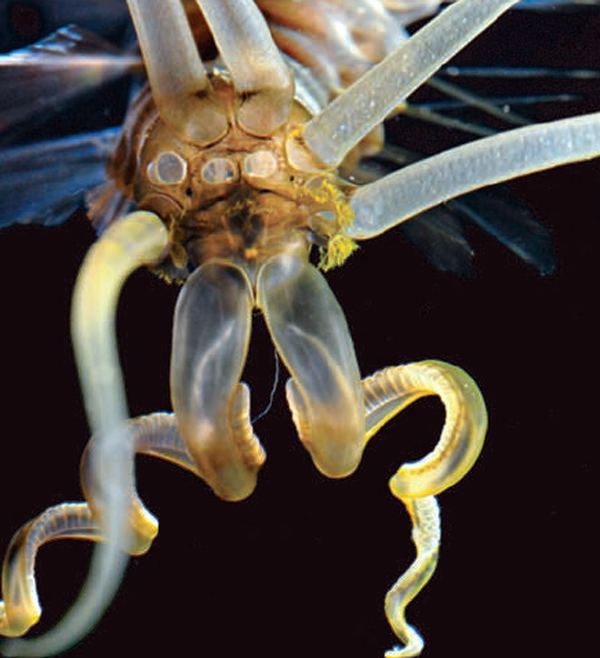 | ||
Similar Acrocirridae, Marrus orthocanna, Venus flytrap sea anemone, Swima, Enypniastes | ||
Teuthidodrilus samae
Teuthidodrilus (also known as the squidworm), is a genus of marine polychaete worms first described by marine biologists from the Scripps Institution of Oceanography in November 2010. This unique animal is currently believed to represent a "transitional organism", with physical and behavioral characteristics of both benthic (seabed-dwelling) and pelagic (free-swimming) organisms. Teuthidodrilus samae is currently the only described species of this genus. Teuthidodrilus is closely related to the recently discovered Swima genus, another pelagic cirratuliform worm of the deep ocean.
Contents
- Teuthidodrilus samae
- Teuthidodrilus this pelagic polychaete worm is known as a squidworm
- Discovery
- Classification and Phylogeny
- Anatomy and Physiology
- Behavior
- Geographic Distribution and Habitat
- Significance
- References
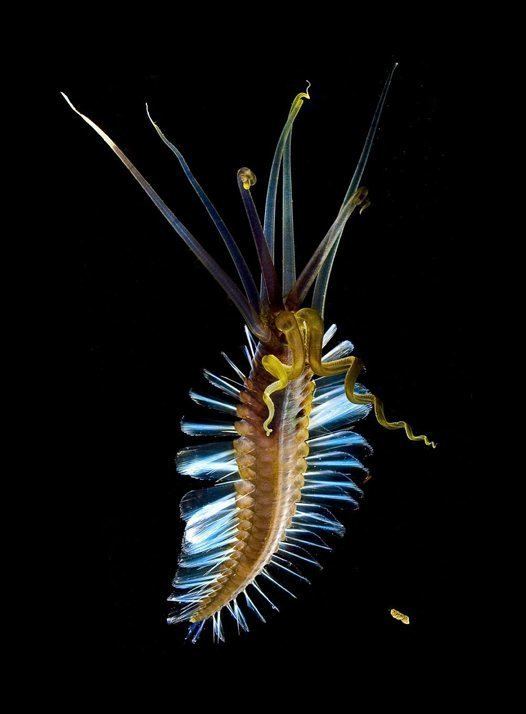
Teuthidodrilus this pelagic polychaete worm is known as a squidworm
Discovery
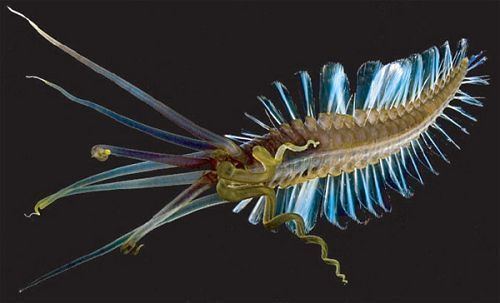
Teuthidodrilus is one of seven recently discovered deep-sea, pelagic cirratuliforms. The first specimen was observed in the Celebes Sea in October 2007. A second specimen was discovered in a nearby area by a group of marine biologists from the Scripps Institution of Oceanography in November 2010. Using a remotely operated underwater vehicle during exploration of the deep water column of the western Celebes Sea, the team found the animals at a depth of 2.8 kilometres (1.7 mi). The Celebes Sea is a deep oceanic basin with a maximum depth of 20,300 feet (6,200 metres). It is part of the Coral Triangle, an area known for its high biodiversity.
Classification and Phylogeny
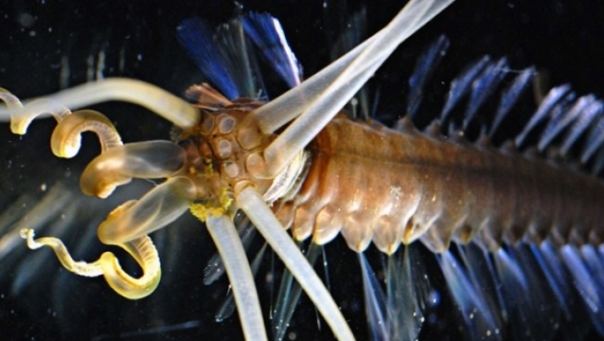
Teuthidodrilus is thought to be a previously unobserved genus which may represent a transition between the benthos and the pelagic organisms. Teuthidodrilus is one of seven newly discovered species of swimming cirratuliforms. These seven species have been assigned to four new genera, forming a new phylogenetic clade within the Acrocirridae family. Following is a brief description of the cladistics and taxonomic classification of Teuthidodrilus:
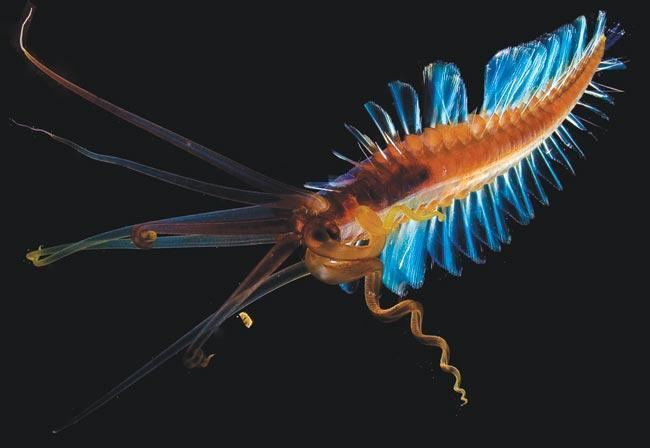
Anatomy and Physiology
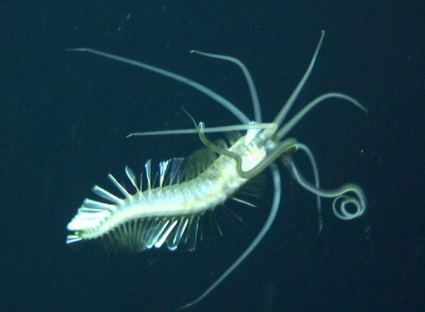
Teuthidodrilus specimens observed and collected as of 2010 have measured up to 9.4 centimetres (3.7 inches) in length. These animals are notable for the unusual tentacular appendages (referred to as "notochaetae") that protrude from its prostomium (anterior segment, or head). Ten of these tentacles as long or longer than its body protrude from the head, along with six pairs of free-standing, oppositely branched nuchal organs that allow the animal to taste and smell underwater. It is the notochaetae and the nuchal organs which primarily distinguish Teuthidodrilus from other polychaetes.
Behavior
Teuthidodrilus does not appear to be a predator, feeding instead on bits of so-called "marine snow," a mix of sinking microscopic plants and animals, fecal material and cast-off mucus. Swimming upright, it navigates by moving two body-length rows of thin, paddle-shaped protrusions that cascade like dominoes.
Geographic Distribution and Habitat
Squidworms live about 100 to 200 metres above the ocean floor.
Significance
Teuthidodrilus worms belong to a morphologically diverse pelagic clade within the Acrocirridae family of polychaetes. The acrocirrids are primarily benthic. Pelagic animals within primarily benthic families are of particular interest in evolutionary biology, because their adaptations to life in the water column inform us of the evolutionary possibilities and constraints within the clade and indirectly of the selective pressures at work in this unfamiliar habitat.
